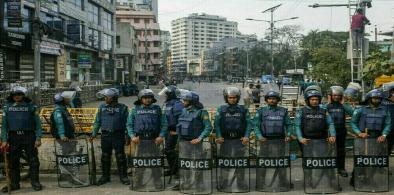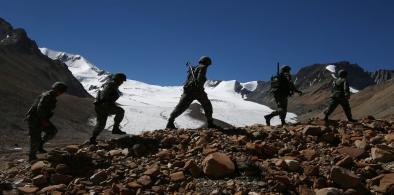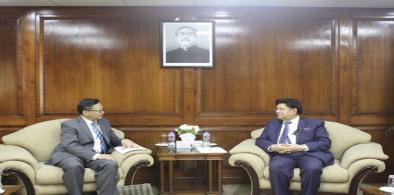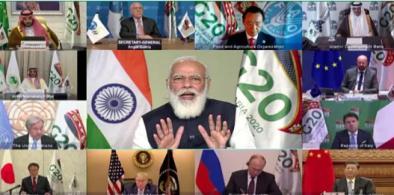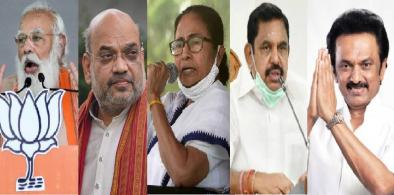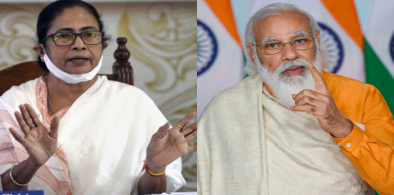There have also been reports that other areas of Western Bhutan have been gradually encroached by China to secure access to the border with India, writes Lt Gen Prakash Katoch (retd) for South Asia Monitor
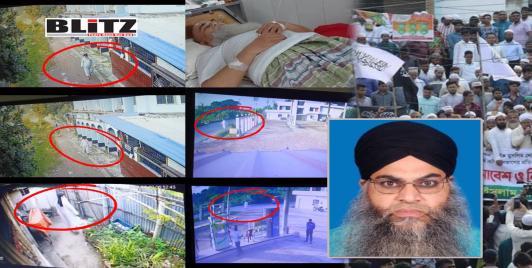
Bangladesh Imam’s Kidnapping Drama: Islamist Plot To Incite Hatred Against Hindus?
Taken together - the staged abduction drama, Zakir Naik’s planned visit, and Zaheer’s clandestine movements - paint a deeply disturbing picture of Bangladesh’s current trajectory. Since the 2024 coup, Islamist influence has expanded alarmingly under the interim regime of Muhammad Yunus, creating fertile ground for extremist ideologies to spread under official tolerance.
Caught in the Middle: Afghanistan’s Policy Options Between Rival Neighbors
India and Pakistan are both interested in establishing influence over Afghanistan. In pursuing control, both adopt a zero-sum approach. India fears that Pakistan’s influence in Afghanistan could create safe havens for anti-India elements such as Lashkar-e-Taiba and Jaish-e-Mohammad. Pakistan fears that India’s presence in Afghanistan could lead to its encirclement and threaten security along its northwestern borders.
Integrative Medicine: The Way Forward for Futuristic Healthcare; Opportunity For India
Internationally, leading medical institutions such as the Mayo Clinic, Harvard Medical School, and the National Center for Complementary and Integrative Health (NCCIH) in the United States have recognized Integrative Medicine as a legitimate, evidence-informed discipline. They are conducting research, developing protocols, and training healthcare professionals in the art and science of integration.
Why Undermining the Uniformed Guardians Endangers Bangladesh
Bangladesh is not immune to the regional trend of rising religious and political extremism after a dramatic regime change. Credible security analyses warn that, with recent upheavals, hardline groups are reconfiguring networks and testing gaps in the state’s capacity to respond. To weaken the armed forces and other disciplined services is to invite those groups to exploit the vacuum.
Afghanistan: Challenges of peace through regional consensus
The region, overall, has gone through a major strategic realignment with the increasing influence of China, and its ties with Pakistan. Also, unlike the 90s, there exists multi-dimensional international cooperation on the issue of Afghanistan today, writes Shraddha Nand Bhatnagar for South Asia Monitor
Dhaka's public admonition by Chinese envoy: Strategic fallout of an expanding profile in South Asia
The Chinese footprint in the South Asian region has been steadily increasing, while that of India is being diluted and all the SAARC (South Asian Association for Regional Cooperation) nations are differently dependent on Beijing for a mix of political, economic, trade and military support, writes Cmde C Uday Bhaskar (retd) for South Asia Monitor
The pandemic: Bringing out the best, and the worst, in us
If it’s any solace, this dreadful time has given rise to an unnamed bond among strangers—call it humanity, altruism, empathy—but it’s helping many of us stay afloat, writes Azera Parveen Rahman for South Asia Monitor
Vaccination in South Asia: India still remains the best hope
While India must resume supplies to its neighbors, there is much that it can also learn from some of their best practices, including Bhutan, writes N Chandra Mohan for South Asia Monitor
Afghanistan can trigger multidimensional fallout on South Asian politics
Pakistan’s 'all-weather friend' China has intensified communication with the Taliban. Afghanistan is very significant for China for Its Belt and Road Initiative, writes Md. Ishtiak Hossain for South Asia Monitor
South Asia and COVID-19: Impact of school closures on children’s learning
South Asia - which had the longest period of school closure - could face a learning crisis which will set us back by a decade, writes Partha Pratim Mitra for South Asia Monitor
For India to be a global leader, it must deliver at home first
India's foreign policy mandarins know more than anyone else that altruism does not exist in international relations and diplomacy must be conducted on the basis of realpolitik acting only in pursuit of their self-interest, writes Lt Gen Yash Malhotra (retd) for the South Asia Monitor
Vaccination and vaccine purchase politics: Can India attain herd immunity?
But most experts agree that the country can reach ‘herd immunity’ if 70 to 80 percent of the population is fully immunised. That comes to a population of 1.05 billion, for whom 2.10 billion doses are needed, writes Vinod Aggarwal for South Asia Monitor
Is the US set to repeat past mistakes in Afghanistan?
It would be interesting to know how American security experts view the threat perceptions from the numerous affiliates of the bodies in the Afghanistan-Pakistan region, some of whom target India, writes Mahendra Ved for South Asia Monitor
Is the tide running out for Modi?
But for the waning of his appeal, it is difficult to explain why the BJP came a cropper in West Bengal even after the enormous effort which both Modi and his powerful Home Minister Amit Shah put into their campaigns in the state with scores of public rallies and roadshows, writes Amulya Ganguli for South Asia Monitor
Vaccine diplomacy and Chinese moves in South Asia: Can Beijing live up to its promises?
Pakistan, Afghanistan, Sri Lanka and Nepal have joined the Beijing-led Platform along with Bangladesh. India, the largest country in South Asia, has stayed away, writes Swadesh Roy for South Asia Monitor
Bengal elections and the future of Bengali regionalism
The future of regional politics in India depends on not just exploiting local tradition and pride for elections, but in beefing up governance, economy, public delivery of benefits and taking on Delhi when the interest of the state is at stake, writes Subir Bhaumik for South Asia Monitor
Decoding the India-Pakistan ceasefire: Optimistic conclusions misplaced
As the two countries move towards a thaw on the LoC, it is in their interest to put the contentious issues on the back burner and resume the people-to-people contacts as they did in 2003-04; resolve the Kulbhushan Jadhav issue; activate the South Asian Association of Regional Cooperation; and engage in trade and commerce, writes Mayank Kumar for South Aisa Monitor
Colombo Port City vital to Sri Lanka's future growth - with some Chinese help
The incumbent Sri Lanka Podujana Peramuna (SLPP) government took effective steps to expedite the Port City project, which could attract USD 15 billion in investments, and emerge as a leading business, retail, residential and tourist destination in South Asia, writes Sugeeswara Senadhira for South Aisa Monitor





